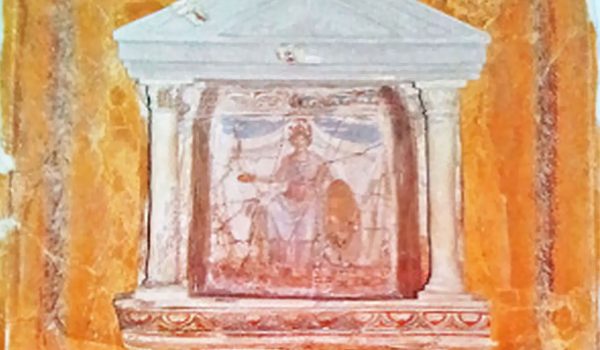“For Grace received” is the set phrase that the observants have been telling God from time immemorial while giving Him thanks with votive offerings for listening to their prayers and granting them divine help. Ex voto suscepto "from the vow made" was, instead, the ancient Latin phrase used to express an identical gratitude towards heathen gods. Man has indeed always identified God as the Father who is willing to help him overcome the difficulties of life (health, protection and well-being for the beloved) and answer his prayers, even with a miracle. The prayer for plea and expressing gratitude comes often with a vow: it is a promise to God to fulfil ‘something’ even just by offering spontaneous gratitude at the shrine. The offering of the object is the ‘sign’ of that gratitude, and therefore it becomes an act of worship and godly devotion.
The exhibition goal is to examine this intimate and personal relationship of man and God in depth. It is a relationship that has perpetuated throughout the centuries, passing from the ancient heathen world into the Christian one, in a surprising continuity of expression, while respecting the fact that the two religions are deeply different. For the first time, the rituals and votive offerings that ancient Samnites and Romans in Pompeii offered the heathen gods are actually compared to those that Christians still offer at the Shrine of Our Lady of the Rosary. A persuasive parallelism emerges and tells us that, notwithstanding different times and religions, there is a continuity in the ritual and ‘language’ of votive offerings, which is identical in form.
The exhibition is composed of three sections: 1) Sacred in Pompeii, archaeological section, 2) From the heathen to the Christian iconography, 3) Marian devotion in the Shrine of the Blessed Virgin of the Rosary. The exhibition route is also integrated with themed sections, set up in the Shrine of the Blessed Virgin of the Rosary and in the archaeological site: from the temple of Apollo to the temple of Isis, from the domus of Menander to the Thermopolium of Vetutius Placidus, in order to promote a moment when tourism in the archaeological area and religious pilgrimage are culturally brought together. On this occasion, after a ten-year closure, the historical Antiquarium of Pompeii, set up by Giuseppe Fiorelli around 1870 in order to preserve the large amount of finds discovered in the archaeological area, will be reopened to the public.
The exhibition is open Monday to Sunday from 9 a.m. to 7 p.m. and you can access it through the entrances of Porta Marina and Piazza Esedra with a €2.00 ticket. We thank the Foundation Enzo Hruby for supporting the protection of the works displayed in the exhibition..


